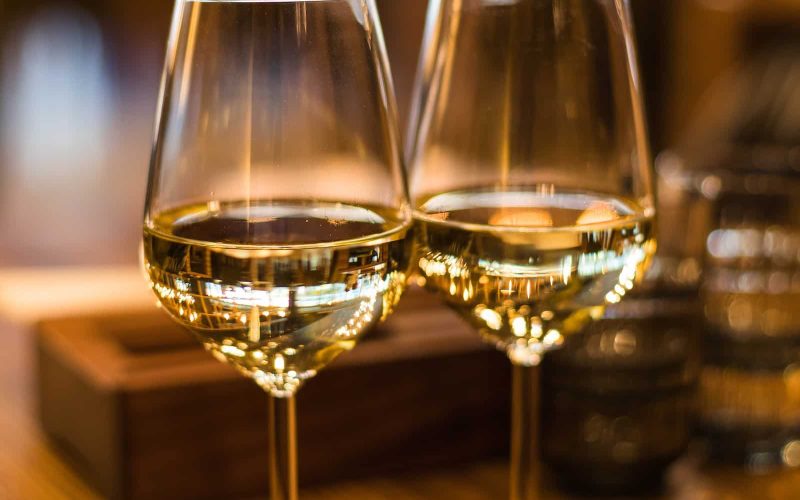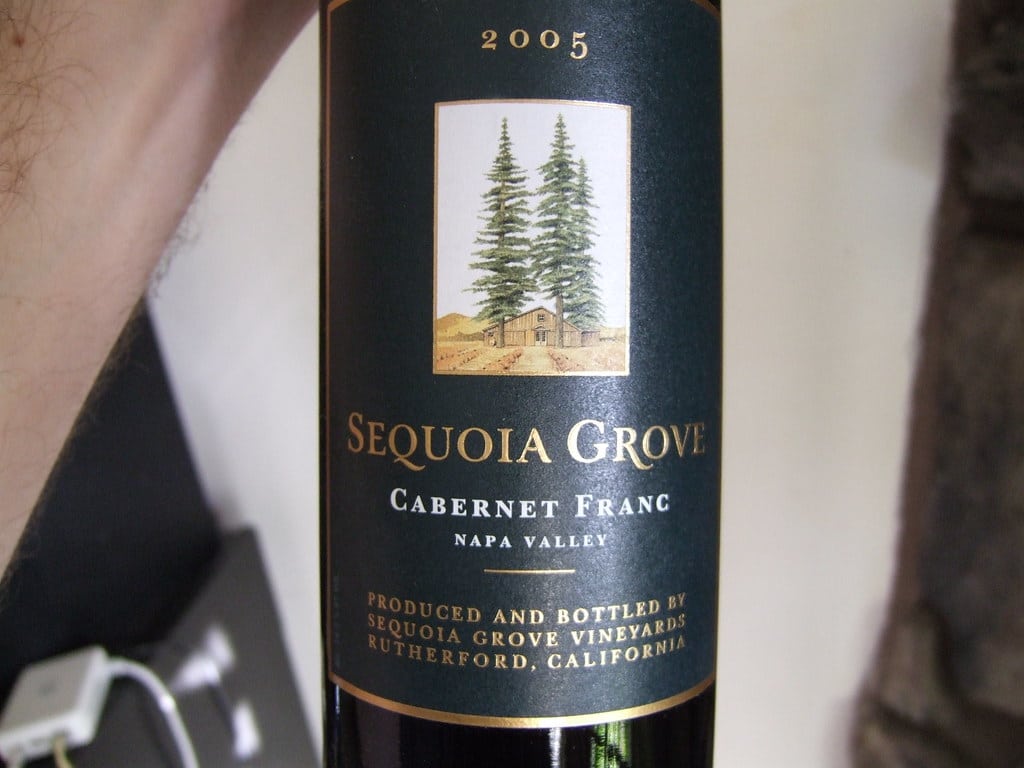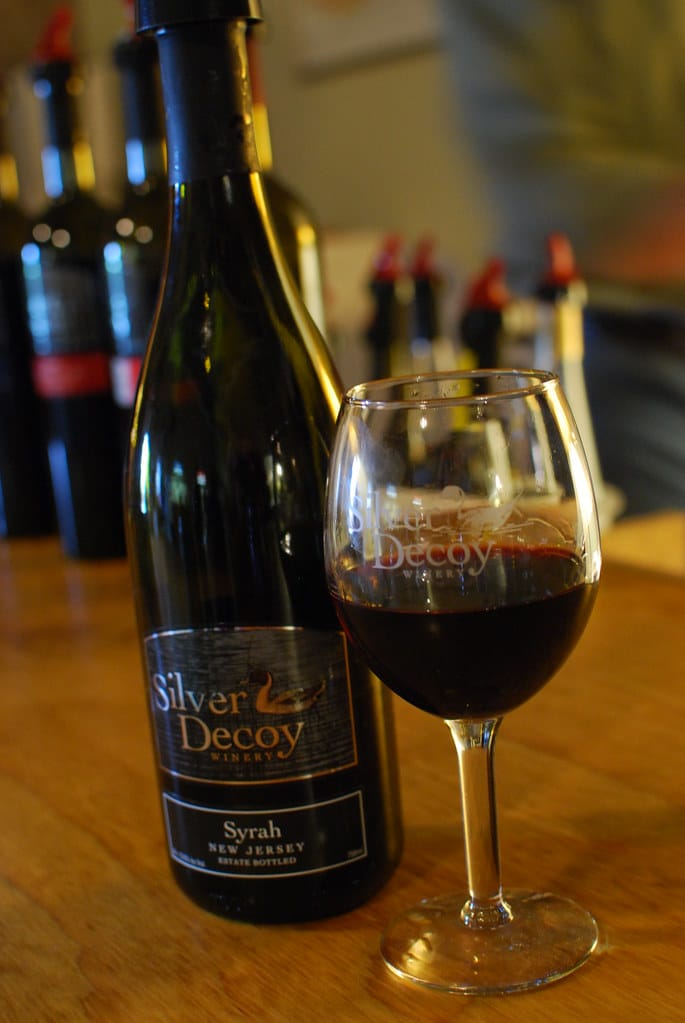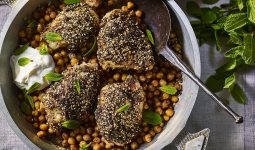Before discussing the different types of dry wine, we must first understand what dry wine is.
Dry wine contains no residual sugar or less than 1% of sugar after fermentation, which is usually 4 grams for every liter of wine produced.
Contrary to what non-wine drinkers might think, dry wine does not mean wine that leaves the mouth dry; it simply has little to no residual sugar and a high amount of tannins, giving it a bitter or astringent taste.
Apart from the sugar content, the different types of dry wine have several other factors, such as the yeast strain used and the temperature at which fermentation occurs, that determine their taste and flavor profile.
Some yeast strains are known to consume more sugar than others, thereby producing drier wines.
In addition, the temperature at which wine is fermented also influences its sugar content.
Wines fermented at cooler temperatures are usually sweeter than those at warmer temperatures.
Categories of Dry Wine
It is important to note that the different types of dry wine can be classified into different categories based on the level of dryness and the grape variety used.
Wines could be bone-dry, medium-dry, or off-dry wine. Depending on the grape variety, it could also be a dry white or red wine, sparkling wine, or dry Rose.
These categories of wine are further explained below:
1. Bone Dry Wine
Bone dry wines are extremely dry wines, with less than 0.5% of residual sugar left in them after fermentation.
The meager residual sugar makes it hard for wine drinkers to detect any sweetness in them.
They usually have a bitter and astringent mouthfeel due to the high amount of tannins they contain.
Vermentino, Bordeaux, Nebbiolo, Sauvignon Blanc, Mourvedre, and Tempranillo are all examples of bone-dry wine.
2. Medium Dry Wine
These wines usually have about one to two percent residual sugar, an equivalent of ten to twenty grams of sugar per liter of wine.
Examples of medium-dry wines are Riesling, Dornfelder, Silvaner, Trollinger, Spätburgunder, Merlot, Viognier, and Gewurztraminer.
3. Off-dry or Semi-dry Wine
Off-dry wines are known to have a sweetness of at least 3%, which is noticeable to wine drinkers due to the higher level of residual sugar it contains compared to bone-dry or medium-dry wines.
4. Dry White Wines
These are wines made from ordinary white grape varieties. White wines such as Albariño, Chardonnay, Pinot Gris, Sauvignon Blanc, Torrontes, Vermentino, Viognier, and Grenache Blanc are often made in a dry style.
Due to their crispy and dry taste, very dry wines are among the best for cooking and food pairing.
5. Dry Red Wines
Most red wines on the shelf are considered dry red wines, though some producers may choose to include a small amount of residual sugar to please their customers.
Barbera, Cabernet Franć, Cabernet Sauvignon, Syrah, Tempranillo, and many others are red grape varieties made into red wines.
6. Dry Rosé
Rosé is often associated with sweet wines. However, not all rosé is sweet; most of them are dry. Pinot Noir, Cinsault, Grenache, and Merlot, amongst others, are dry wines.
7. Dry Sparkling Wine
Sparkling wine is the world’s most technical and can range from completely dry to sweet desserts.
The distinctive feature of sparkling wine is that it undergoes two fermentation processes.
The first process is to make the alcohol, while the second one is to make the bubbles.
The dry sparkling wine can be classified as; dry, lean, and zesty or light, dry, fruity, and floral.
The dry, lean, and zesty sparkling wines have the slightest sweetness added during dosage to make them dry; they are typically labeled as Brut.
Most non-vintage Champagne, Cava, Brut, Extra Brut level sparkling wines, and even Brut Nature sparkling wines fall under this category.
On the other hand, the light dry, fruity, and floral sparkling wines have more floral and fruity notes while still light in taste.
Most Brut and Extra-Dry Prosecco, Franciacorta, Sparkling Rosé, Riesling Sekt, and Extra-Dry sparkling wines are in this category.
Different Types of Dry Wine
1. Albarino

Albariño, a dry white wine, is an example of different types of dry wine. It is a delightfully refreshing wine loved for its rich stone fruit flavors.
Albariño wines have a weighty mid-palate and mouth-watering acidity that finishes with some subtle bitter taste, while on the nose; they have sweet aromas of nectarine, lime, and grapefruits with subtle hints of honeysuckle.
Albariño performs well in cool and intermediate climates like Galicia.
It can be widely found in two main ‘homes’; Rías Baixas in Spain and Vinho Verde in Portugal (known as Alvarinho).
2. Chardonnay
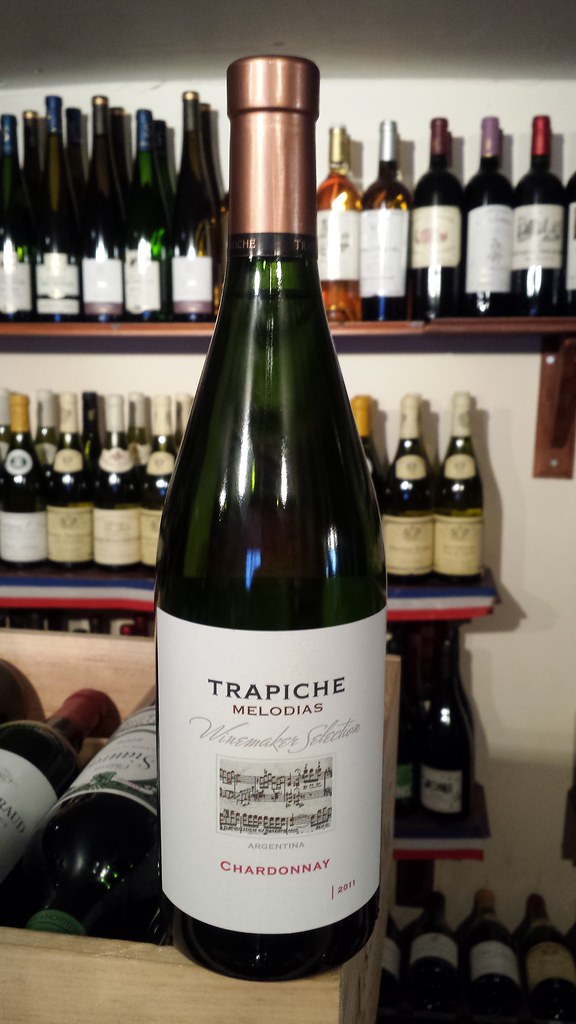
Chardonnay is one of the most famous wines on earth and an example of different types of dry wine.
It is made from the green-skinned Chardonnay grape, a cross between the Pinot Noir and Gouais Blanc varieties.
Chardonnay wine can be crisp and clean or rich and oaky. It is an excellent aperitif that pairs well with cheeses and delicate fish.
Chardonnay wines’ flavor notes range from lemon and apple to papaya and apple.
3. Pinot Gris
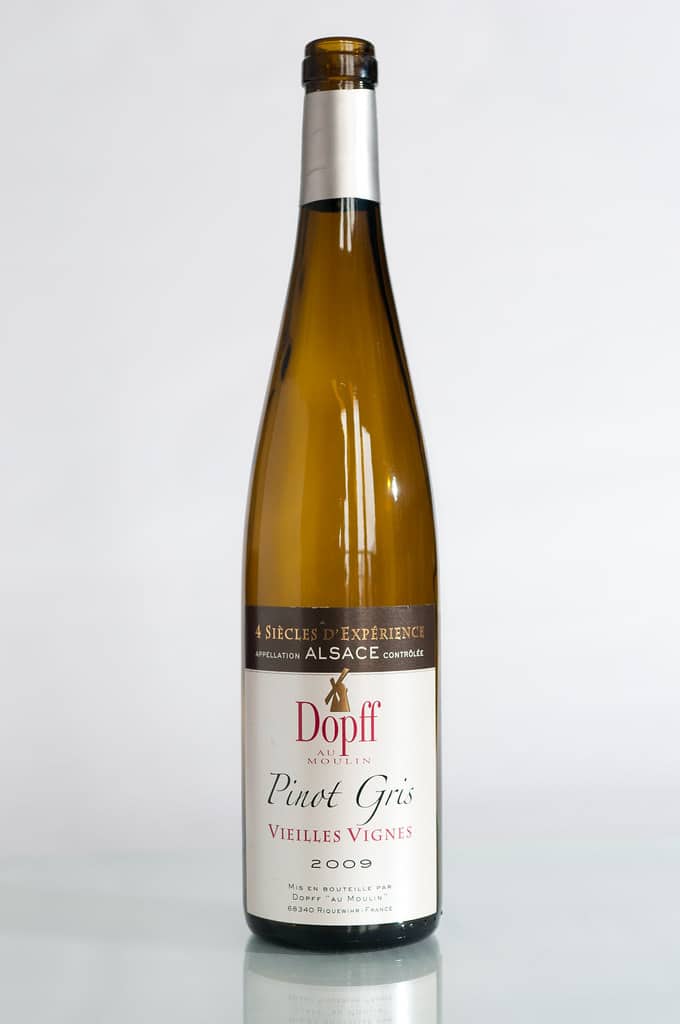
Pinot Gris is thought to be a mutation of Pinot Noir. This white wine is obtained from a white grape with grayish skin, producing richly textured wines with high alcohol, moderate acidity, and minerality.
It is a refreshing drink commonly served cold at its most basic state.
4. Sauvignon Blanc

Sauvignon Blanc is often called ‘grassy wine,’ this wine is known for its crispy taste due to its high acidity and low amounts of sugar.
The grape used in producing this wine is from the Bordeaux region of France, where it grows like a weed, hence the name ‘Sauvage,’ which means “wild.”
This wine pairs well with herb-driven sauces over chicken, tofu, or fish dishes.
This wine is spectacular in aging because it rarely ages and is always dry and young in style.
It is considered the best wine for sipping and cooking and an excellent example of different types of dry wine.
5. Torrontes
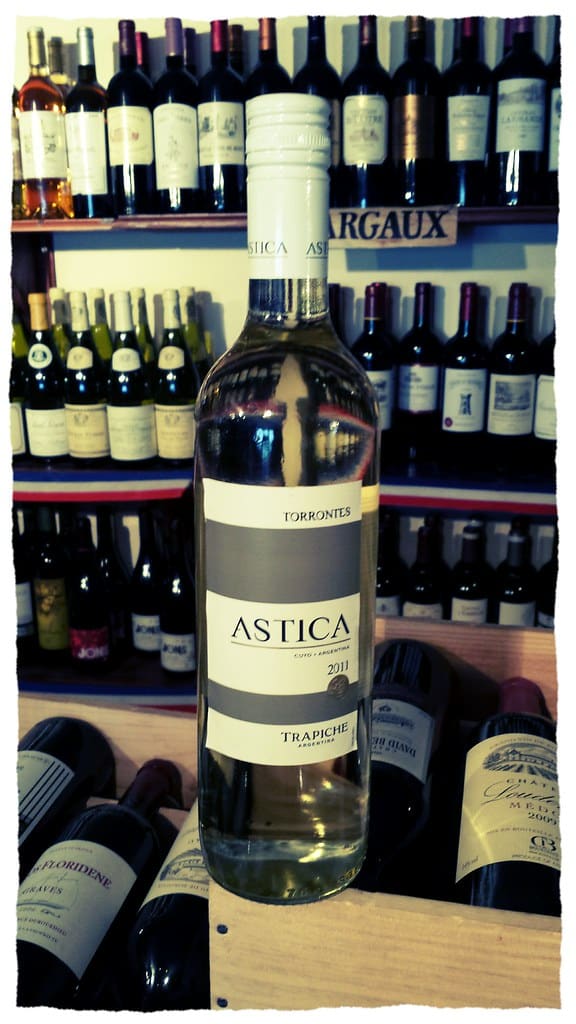
Torrentes is an aromatic wine with a hint of peach and citrus flavors.
This white grape with medium acidity and medium-light body originates from Argentina.
Torrontes grows particularly well in high-altitude vineyards where the cooler night temperatures help to retain some acidity, and the wines contain more aromatic definition.
There are three grape varieties of Torrontes, of which Torrontes Riojano is considered the best quality and most aromatic.
At their worst, Torrontes Riojano wines can be overly alcoholic, bitter, and rough on the palate.
6. Vermentino

Vermentino is a white-skinned variety grown typically in warm, coastal areas like the Mediterranean.
It is most commonly found in Provence to make rosé and in Liguria and Piedmont to make mineral white wines.
It is a dry, light-bodied wine that displays delicate notes of almonds and produces a refreshing sensation on the palate.
Vermentino is an incredibly versatile wine due to its zesty and herbaceous flavors.
It pairs well with fish thanks to its acidic citrus flavors and overall minerality. It also goes well with herbed halibut fillets and fried crab cakes.
7. Viognier

Viognier is known historically as the most famously grown grape and is produced in the Northern Rhône.
Another perfect example of different types of dry wine is a white wine made from the grape variety of the same name.
This deliciously aromatic grape variety has the unique ability to smell sweet and still retain its ability to be vinified into a dry wine.
It has a characteristic oily taste with notes of spices like nutmeg and cloves and a vanilla aroma.
It also has flavors of fruits like peach, nectarine, honeysuckle, mango, and apricot.
8. Grenache Blanc
Grenache Blanc is known to be a white mutation of Grenache Noir, a variety of Spanish origin, more precisely Barcelona and Tarragona.
Fennel, melon, and white nectarine aromas characterize wines made with these grapes.
These wines cannot be kept in the cellar for long because they tend to oxidize.
It has a high potential for accumulating sugar, making it a naturally sweet winemaker. It can also create interesting, warm, and dry white wine.
9. Barbera
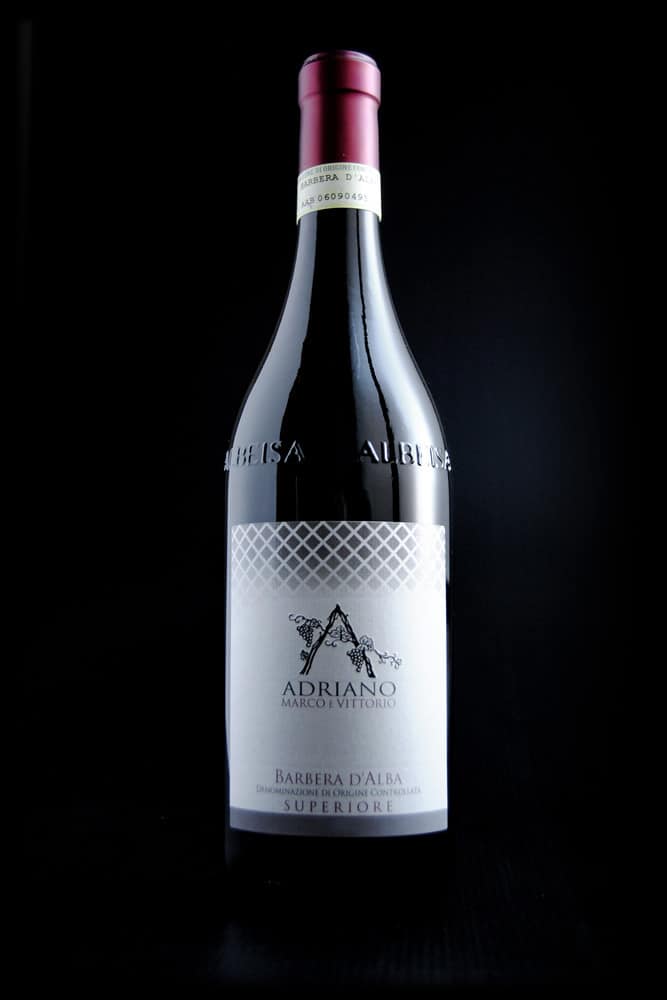
Barbera is a vigorous and adaptable vine that can grow in various soils.
This grape has a naturally high acidity, meaning it can achieve full ripeness without tasting flabby. Barbera is often made into dry, still red wines.
Its grape makes juicy wines and a relatively light-bodied bold, deep purple color. Its notes often taste like strawberry, red cherry, black cherry, and blackberry.
It is enjoyed when young, but those aged in oak barrels can be cellared for up to ten years.
Due to their moderate tannins, amplified acidity, and vivid fruit notes, one can enjoy Barbera alongside a range of foods; pizza, grilled meats, pasta with tomato-based sauces, and hard cheeses.
Barbera is also an example of different types of dry wine.
10. Cabernet Franc
Cabernet Franć is a French red wine grape planted worldwide in all major wine-producing regions.
This classic medium-bodied red wine with moderate tannins has a taste defined by a balance between red fruits, herbs, and peppery earthiness.
Cabernet Franć is often confused with Cabernet Sauvignon; however, the former has a light color and is lower in tannin than the latter.
The distinctive features of Cabernet Franć make it a versatile partner to a wide variety of dishes such as Grilled vegetables and pizza.
11. Cabernet Sauvignon
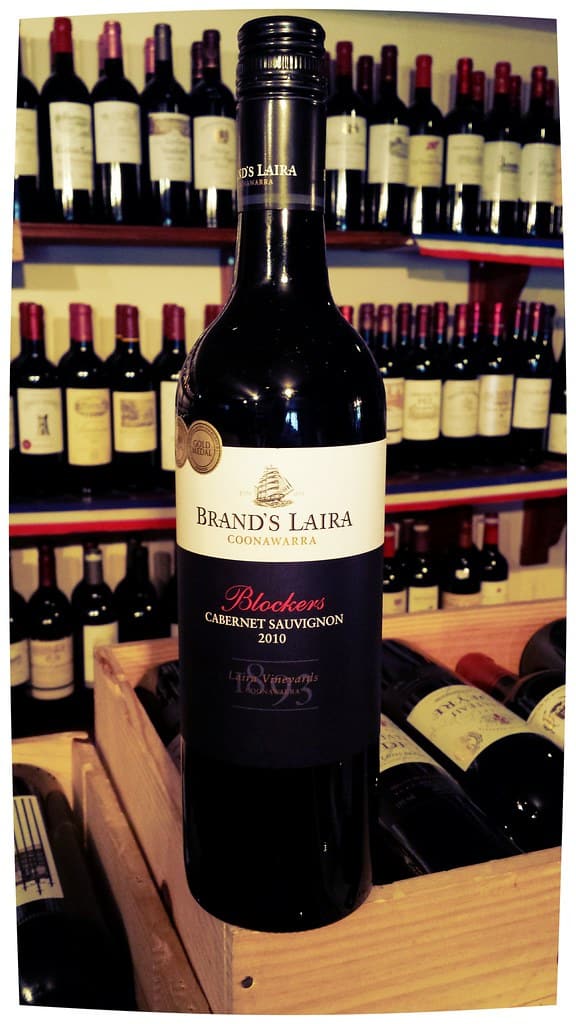
Cabernet Sauvignon is a natural cross between Cabernet Franć and Sauvignon Blanc.
This dry red wine is known for its bold and tannic flavor that mellows with age.
Known for its dark color, full body, and alcohol content of over 13.5%, Cabernet Sauvignon is a wine that has to be drunk with food and can be paired with hearty dishes and red meat.
12. Syrah
Syrah, also known as Shiraz, is a dry, full-bodied, dark-skinned grape variety known for its punch of flavor that tapers off and a spicy note in the aftertaste.
The tannins in the skin of the Syrah grapes allow it to age well in the bottle for decades. Syrah pairs well with meat because of its strength in character.
13. Tempranillo
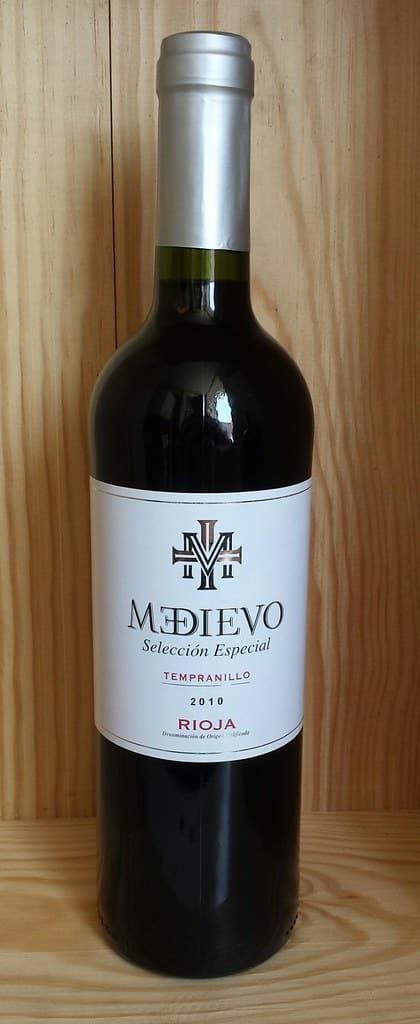
Tempranillo is known to be one of the most commonly produced wines in Spain. It is called ‘the noble grape’ in Spain because of its early maturity age.
Tempranillo aged in oak barrels makes a wine that improves with age; as a result, it is best enjoyed when it has aged.
Its versatility makes it perfect for tomato-based dishes like pasta or grilled vegetables.
14. Pinot Noir
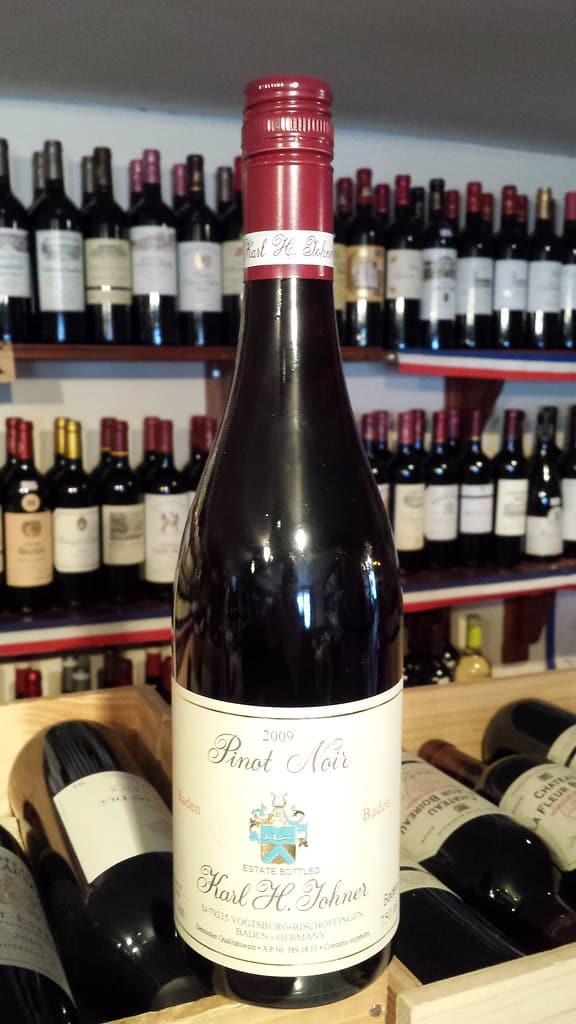
Pinot Noir, another example of different types of dry wine, is a Burgundy-style red wine with excellent aging potential.
It produces lightly colored, medium-bodied, low-tannin wines with juicy acidity and hints of earthly flavors.
The Pinot Noir grape variety is considered the world’s fifth most commonly grown variety.
It is usually found in Germany, Oregon, California, Chile, Italy, and New Zealand.
This dry wine is also considered the healthiest of dry red wines, and its high versatility allows it to pair with different varieties of food, some of which include fatty fish, pasta dishes, and chicken dishes.
15. Cinsault

This black grape variety is popular in the region of France due to its resistance to drought and tendency to produce high yields.
Primarily used in blends and to add perfume and fruity notes to the wines, Cinsault aromas, and flavors are not predominant.
But looking at 100% Cinsault rosés, this light pink colored wine has aromas of strawberry, red cherry, and raspberry.
Cinsault rosé will be a great pair with seafood dishes or even as an aperitif, as its freshness will open the appetite.
16. Grenache
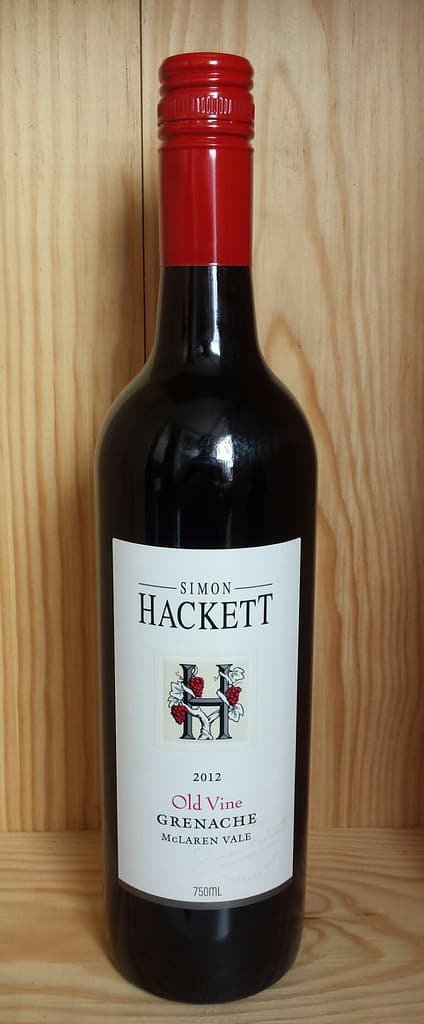
Grenache is another example of different types of dry wine and is one of the most widely distributed grapes in the world.
This red wine grape variety is grown extensively in France, Spain, and Australia.
This wine produces spice, and cherry notes that blend well with Syrah or Tempranillo.
One exquisite characteristic of this variety is that it copes well with dry, warm climate conditions, and the vine survives more extended periods of heat without significant damage.
Grenache-tasting leaves behind a blend of cherries, currants, wild berries, plums, dark chocolate, tobacco, spices, and cocoa with refreshing minerality in the mouth.
This wine is for a summer barbeque because it tastes perfect with all grilled meat.
17. Merlot
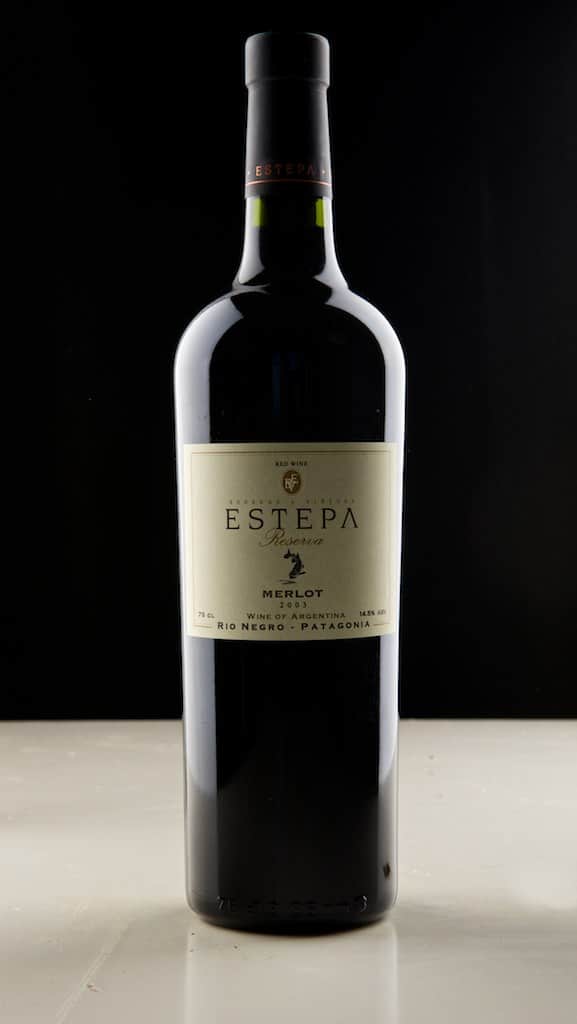
Merlot is known to derive its name from a French word that means “the little blackbird.” It is a red grape variety used to make wine worldwide.
Merlot grape is also known as a chameleon when it comes to its taste, as it adapts to many climates, taking on the character of both its location and winemaking techniques.
This dry,medium-to-full-bodied wine has moderate acidity and alcohol level.
It presents various flavors, ranging from graphite and blackberries to black cherries, plums, and cocoa, layered with notes of clove and cedar when aged in oak.
Fruity, easy-drinking Merlot goes great with white and dark meats from chicken and turkey, as well as burgers and pizza.
Fuller-bodied, ripe, and fleshy styles with a high level of alcohol pair better with fuller-flavored foods such as beef and lamb.
18. Brut Champagne

Brut is a French word for dry and a term for describing Champagne. While not all sparkling wine is Champagne, all Champagne is sparkling wine.
Its history can be traced back to the 19th century when champagne producers started making drier versions of their wines in response to changing tastes. Most champagnes were known to be sweeter before this time.
The production methods and regulations for making brut champagne are more stringent than other sparkling wines.
Every brut wine varies in taste; however, Brut generally feels sharp and crisp on the tongue with the slightest hint of sweetness.
Due to its sharpness, it pairs beautifully with cheese and fatty meals because its bubbly sharpness cuts through fats like a knife.
Conclusion
Understanding the perfect wine for an occasion is essential. Some wines are good as appetizers, while some are more enjoyed as desserts.
The world of wines can be confusing as some features and descriptions must be understood.
Basic knowledge of their characteristics lets you choose the right one for the occasion.
Different types of dry wine, ranging from sweet to dry to sparkling, are each suited for different occasions.
So, whether you are looking for an aperitif or a dessert, there is a perfect dry wine just for you, all you need is an open mind and an empty glass, and you are good to go!




